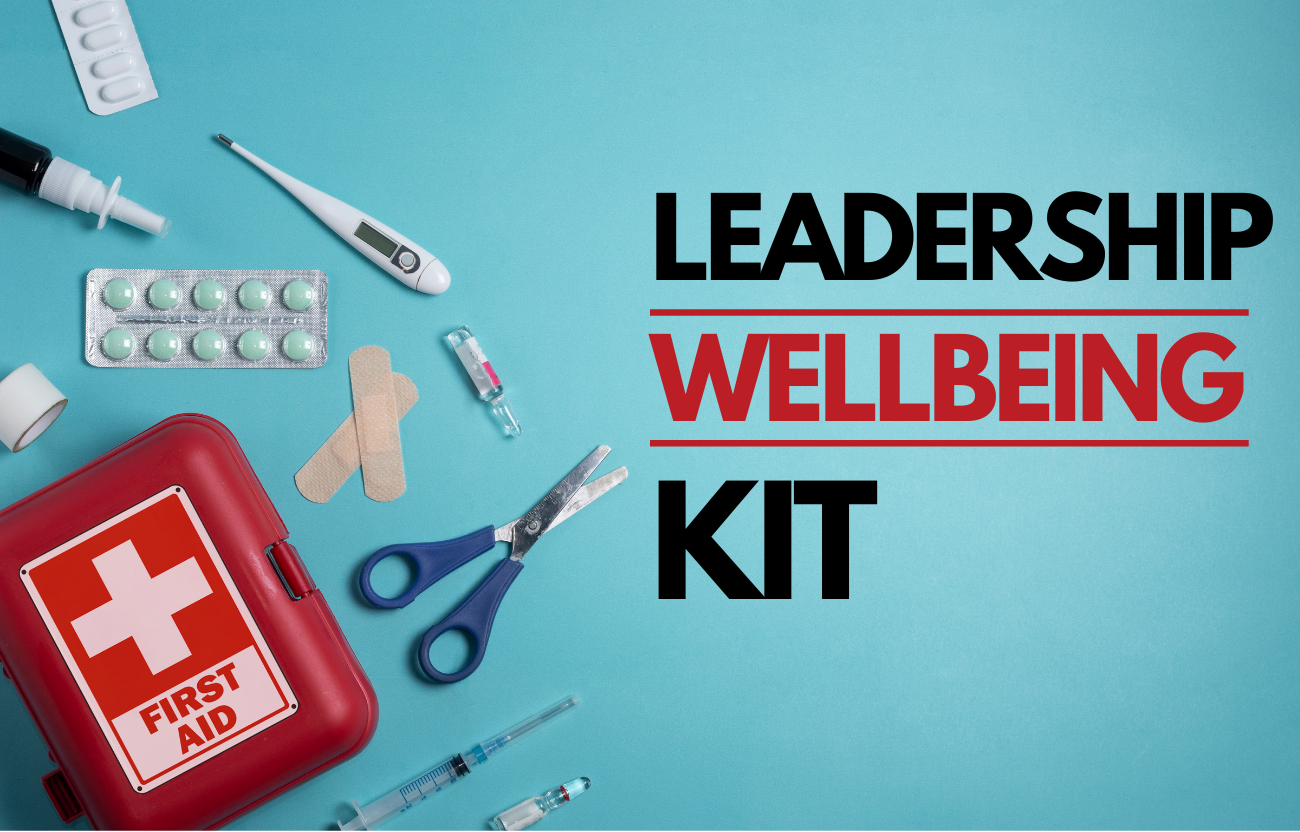For too long, the traditional leadership paradigm emphasized relentless productivity, an “always-on” mentality, and a limited view of what it means to be well. Leaders were expected to be the strongest, the most dedicated, and the least likely to show any signs of vulnerability. Underneath it all was the unspoken yet powerful subtext: rest is weakness.
The consequences of this outdated approach are becoming impossible to ignore. Burnout rates across industries are alarming, and the nonprofit sector, driven by passionate but often overworked individuals, isn’t immune. This approach isn’t sustainable – for leaders or the organizations they guide.
The Paradigm Shift: Why Leaders Must Change
The good news is that a shift is underway. More and more leaders are recognizing the paradigm shift – the understanding that a healthy, thriving organization starts with healthy, thriving people. Investing in employee well-being isn’t a “nice-to-have,” it’s a necessity. Research consistently links well-being to:
- Increased productivity and innovation
- Reduced healthcare costs
- Lower rates of absenteeism and turnover
- Enhanced ability to attract and keep top talent
But this shift requires more than adding a few wellness campaigns and offering Calm subscriptions. It’s about fundamentally rethinking traditional notions of leadership and what it means to create success.
How Leaders Can Drive the Change
Here’s how leaders can move beyond the limitations of the old model and prioritize the well-being imperative:
- Walk the Talk: Model healthy behaviors. Talk openly about your own well-being journey, set boundaries around your own work time, and demonstrate that taking care of yourself isn’t a sign of weakness but a core leadership competency.
- Redefining Success: Integrate well-being metrics alongside traditional performance goals. Acknowledge and reward teams and individuals who support and champion wellness.
- Culture Shift: Prioritize open communication around mental health, provide resources, and create policies that genuinely support work-life balance and self-care.
- Framework Adoption: Invest in training centered on a well-being framework for the organization and leadership. This ensures leaders have the tools to create a workplace culture supporting employee well-being.
The Result: Stronger Leaders, Stronger Organizations
Embracing the paradigm shift doesn’t mean softening standards or expecting less. It means building the kind of workplace where employees can sustainably deliver their best, where burnout is diminished, and where the mission and the organization thrive because the people driving it thrive.
The old leadership paradigm is crumbling. It’s time to usher in an era where well-being and performance go hand in hand.


